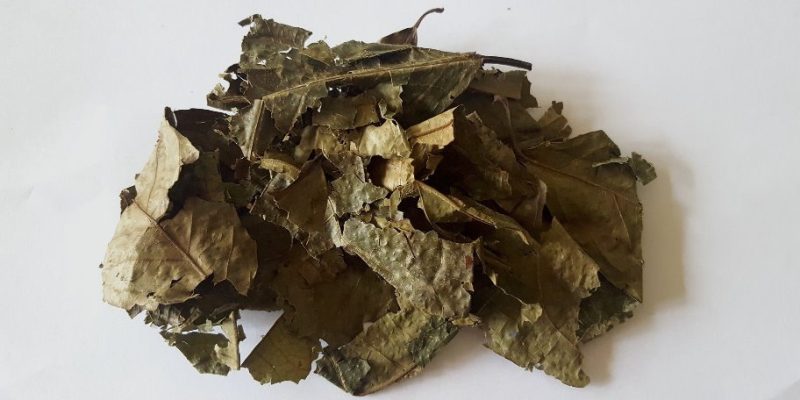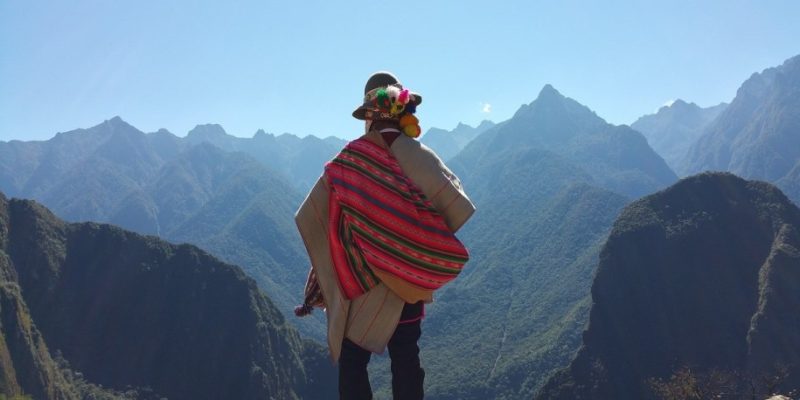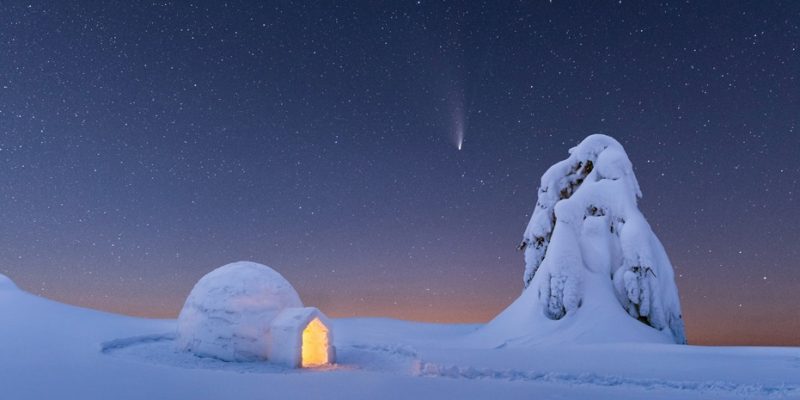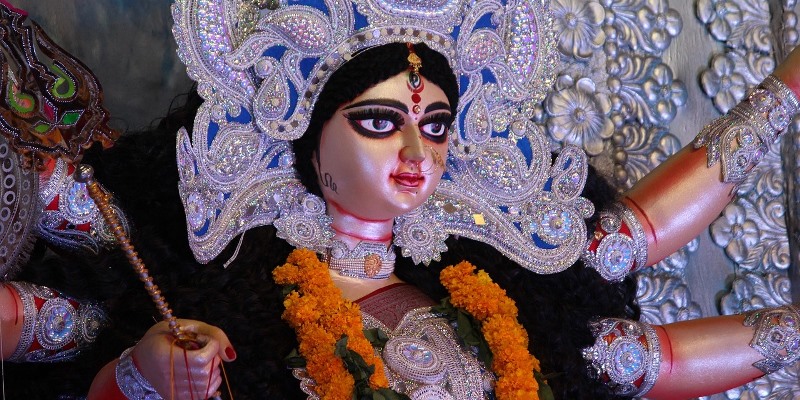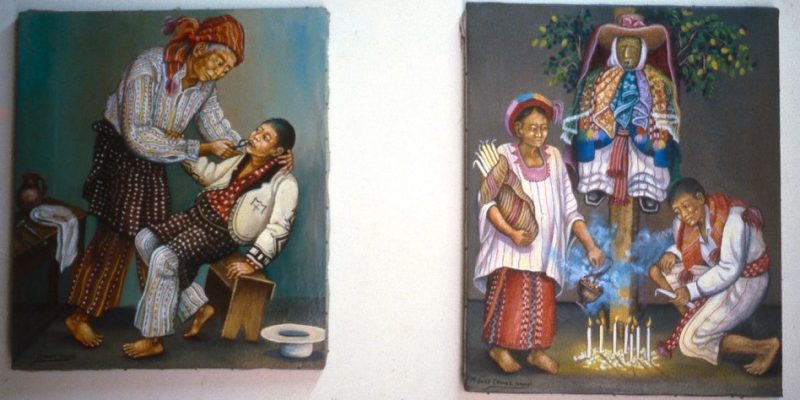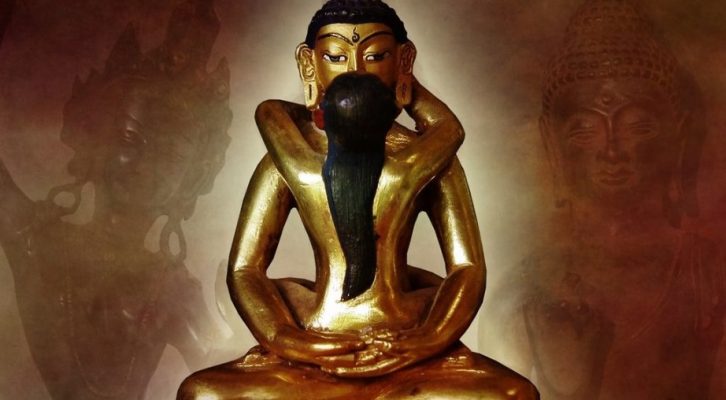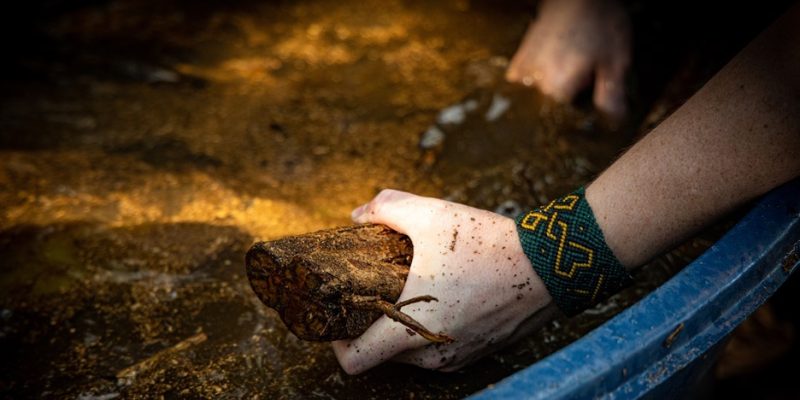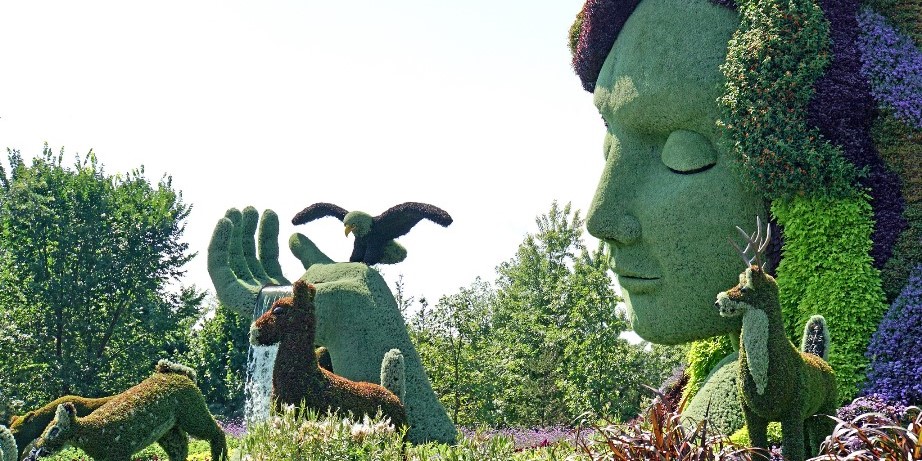
The term Pachamama refers to a supreme Goddess of the indigenous peoples of the Andes and the Amazon. She’s also known as Earth Mother, Mother Earth, or Mother Nature, and is thought to influence, protect, and/or embody fertility, planting, harvesting, food, shelter, and mountains, although she can also cause earthquakes.
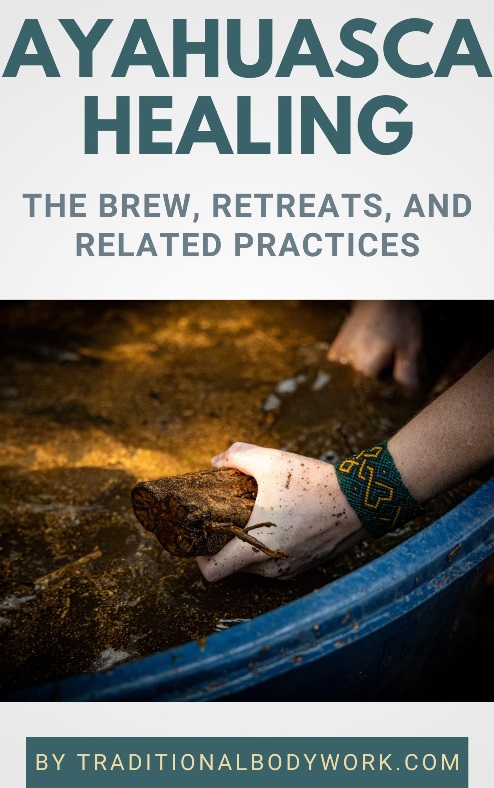
In a broader sense Pachamama (or Mama Pacha) is the one who sustains life on earth and in Nature as a whole, or even the one who has created life, also considered the mother of both the Sun God and Moon God. The word Pacha originates from the Quechua language (the main language family of the Inca Empire, which is still spoken today in Peru, Bolivia, and Ecuador), which is usually translated as world, earth, or universe.
Rituals and ceremonies to honor Pachamama, usually accompanied with offerings (such as flowers, sweets, wool, incense, coca leaves, cornmeal, feathers, and animal fat), take place all year round, but notably before the sowing season. It’s also believed Pachamama needs to be honored and kept appeased, because although benevolent, Pachamama can likewise take (one’s) life away.
There’s of course a striking parallel between Pachamama and Ayahuasca. As it is, the indigenous people often refer to Ayahuasca as “Mother Ayahuasca” or “Grandmother Ayahuasca.”
And indeed, many see and experience Ayahuasca as a real, divine female presence and deity, a motherly loving teaching figure and healer, and a supreme Plant Medicine Teacher Goddess.







